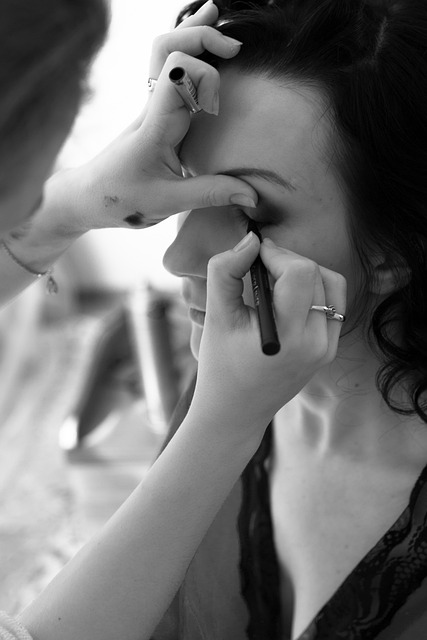MAKEUP ARTIST JOBS IN CANADA WITH VISA SPONSORSHIP
This article is for you if you’re a makeup artist who wants to learn more about the makeup artist industry. Stay tuned as we walk you through everything you need to know about the makeup artist field and how to obtain a sponsored visa to work as a makeup artist in Canada.
Who is a makeup artist?
A makeup artist is a person who is proficient in applying makeup to improve someone’s appearance for both personal and professional reasons. Makeup artists are employed in a variety of places, including spas, salons, picture studios, fashion shows, theaters, and movie or television sets. Their main responsibility is to use makeup techniques and materials to enhance or modify their clients’ facial characteristics.
A growing number of runway shows, photo sessions, and theater and film productions depend on the specialized abilities of the makeup artist to convey style and image in the media sectors of fashion, film, television, and theater.
The average makeup artist salary in Canada is $43,875 per year or $22.50 per hour. Entry-level positions start at $39,000 per year, while most experienced workers make up to $154,341 per year.
Types of makeup artist jobs in Canada
Every kind of makeup artist has particular abilities that enable them to succeed in the beauty industry and in their chosen field of work. Discover five different kinds of makeup artists by reading on if you’re thinking about becoming a makeup artist or if you’re just curious about what specialties are available.
1. Cinematic: Professionals in the beauty industry who work in film and television develop cosmetic looks. In the realm of television, makeup artists might work on shows, applying makeup to actors and actresses, or they can work in the news industry, applying cosmetics to anchors and on-air personalities.
2. Wedding: The wedding market is a hugely profitable profession in makeup artistry. In the world of beauty, makeup artists provide makeup services for brides and bridal parties. Working one-on-one with brides to create a unique style that complements their preferences and the theme of their nuptials will require your skills. It’s necessary for someone in this line of work to be available on particular dates and for consultations.
3. Fashion: Working in the fashion sector, fashion makeup artists may design looks for photo shoots or fashion presentations. Working with other fashion professionals, such as designers or photographers, to realize an artistic vision requires flexibility on the part of fashion makeup artists.
4. Face and Body painting: Certain makeup artist professions, such as those involving face and body painting, can be a little unconventional. Using makeup and paint, this kind of special effects artist creates imaginative, beautiful, and fascinating looks directly on the human body.
Duties and responsibilities of a makeup artist
A makeup artist enhances or modifies a person’s appearance using cosmetics and procedures. Eyeshadow, eyeliner, concealer, foundation, lipstick, mascara, and the application tools used to apply makeup to the face and body are some of the products used by makeup artists. Additionally employed in the entertainment sector, makeup artists can help with the creation and application of masks or other ways to alter a person’s appearance for a theatrical role. A makeup artist’s typical responsibilities include:
1. Applying cosmetics to get them ready for pictures
2. Offering advice to customers on makeup application
3. Using makeup to draw attention to specific physical characteristics of clients
4. Cosmetic product application on performers for stage or cinema productions
5. Applying analytical and creative abilities to identify which products will suit each person the best
How to Become a Makeup Artist in Canada with visa sponsorship
Even though it might not be required, getting the right education and training is essential to being a successful professional makeup artist. The steps to becoming a makeup artist in Canada are as follows:
1. Do Your Research and Choose a Makeup Artistry Program: Look for respectable beauty schools or academies that provide makeup artistry courses. These courses offer thorough instruction in a variety of makeup applications, product knowledge, and industry best practices.
2. Enroll in a Makeup Artistry Program: After determining which program best meets your needs, enroll and finish the required courses. You can acquire the knowledge and abilities needed in the area with the aid of seasoned instructors and practical, hands-on training.
3. Create a Professional Portfolio: As your makeup artistry program progresses, begin compiling a portfolio of your work. To demonstrate your skill and adaptability to prospective clients or companies, compile a list of your greatest makeup looks and styles.
4. Networking and Experience Gaining: Make connections with industry professionals by going to fashion shows, beauty pageants, and industry conferences. Experience and contacts in the field can be gained by volunteering or helping professional makeup artists.



